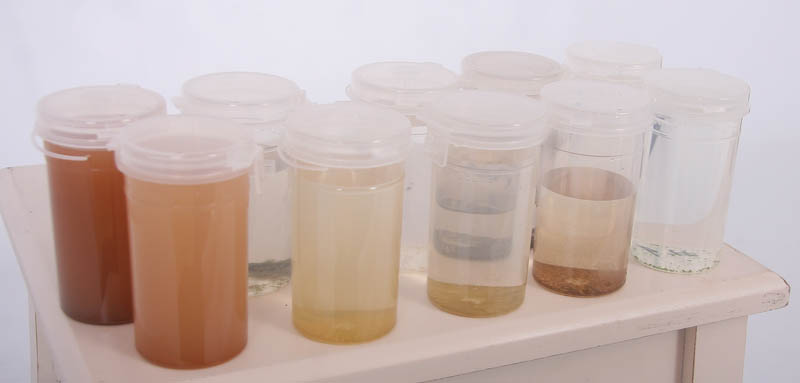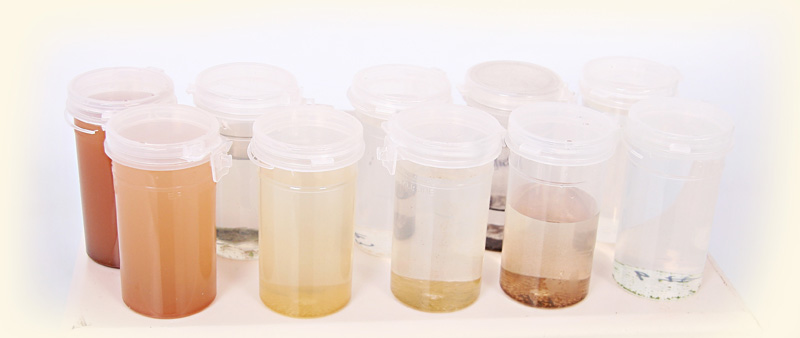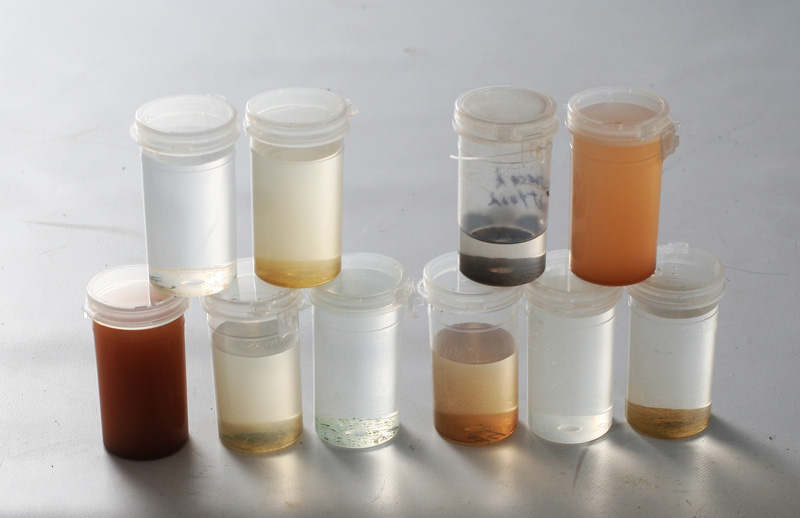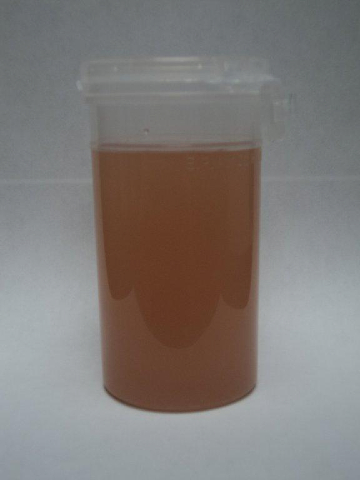Water Testing
Residential Drinking Water Baseline Analysis
Prior to Natural Gas Exploration Activities
The impact of oil and natural gas drilling upon residential drinking water is well documented. Often the impact seen is turbid water. Methane migration, elevated metals and clay fouling are also observed. Many of the issues observed appear to be the result of the vertical penetration of groundwater bearing formations during vertical drilling activity. Industrial accidents related to drilling operations also have been the source of contamination. Impacts due to horizontal drilling and slickwater hydro fracturing are as of yet unproven.
Many analytical packages are offered for baseline analysis. Typically, as the cost of the analysis increases, the analysis becomes more comprehensive. It is recommended that constituents specific to mineral exploration be the focus of predrill analysis; additional parameters, while providing interesting and pertinent water quality data, may be meaningless in the event of an impact.
A typical sampling event comprises many steps and requires much background information. The entire drinking water system of the home should be analyzed; i.e. the topography, drainage area, impact zones, well data, age, pump, supply piping, pipe construction data, system history, prior problems, nearby potential and/or documented environmental impacts, etc. The samples are typically taken from the kitchen tap. Samples are taken after field chemistries stabilize; pH, ORP, conductivity, and TDS are good indicators of stability.
PADEP and/or NELAC certified laboratories are required for defensible data. Should there be an impact, defensible data is essential as evidence.
Call Farnham & Associates, Inc. with any questions you may have about your drinking water. We will be glad to help.
Thank you,
Daniel B. Farnham, President
Farnham & Associates, Inc.












